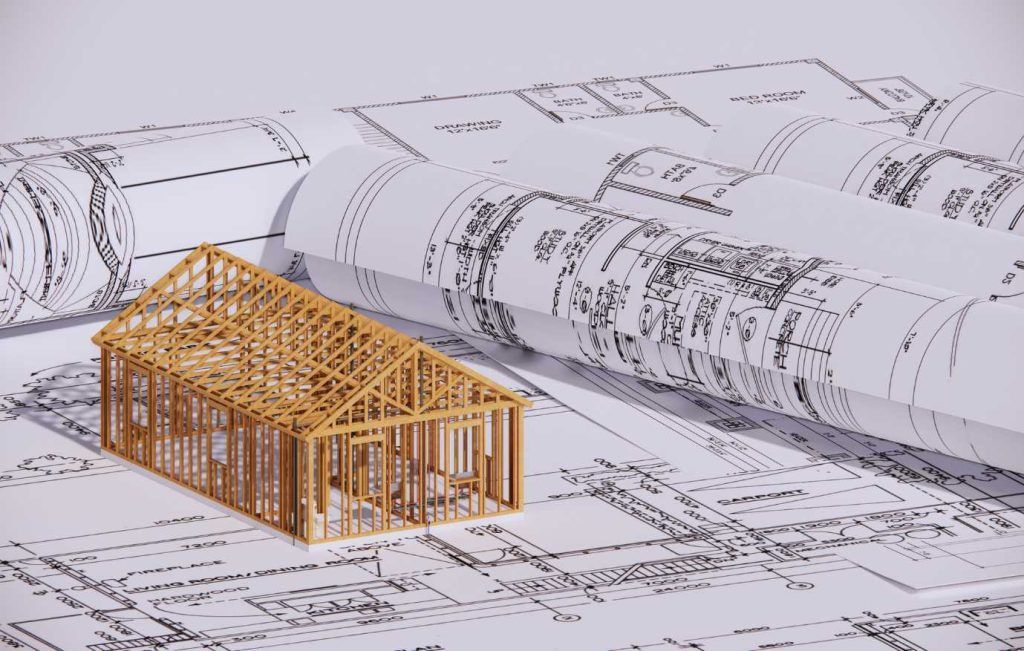_x000D_
_x000D__x000D_
_x000D__x000D_
_x000D__x000D_
_x000D__x000D_
_x000D__x000D_
_x000D__x000D_
_x000D__x000D_
_x000D__x000D_
_x000D__x000D_
_x000D__x000D_
_x000D_
Welcome to the world of Millwork CAD Drawings, where precision meets creativity. Whether you're a seasoned professional or a novice in the field, understanding the intricacies of millwork CAD drawings is essential for bringing your woodworking projects to life. This guide will walk you through everything you need to know, from the basics of CAD software to the detailed planning and execution that ensure your projects are a success._x000D_  _x000D_
_x000D_  _x000D_
_x000D_
_x000D_What Are Millwork CAD Drawings?
_x000D_ Millwork CAD (Computer-Aided Design) are detailed representations of architectural elements, such as cabinetry, molding, and custom woodwork, created using computer-aided design (CAD) software. These drawings serve as a blueprint for manufacturing and installing millwork components, providing precise dimensions, materials, and assembly details._x000D_ _x000D_ CAD drawings are vital for ensuring that all pieces fit together perfectly, minimizing errors and waste. They allow designers and fabricators to visualize the final product, make necessary adjustments, and communicate clearly with all stakeholders involved in the project._x000D_ _x000D_ _x000D_
_x000D_ Key Components of Millwork CAD Drawings
_x000D_- _x000D_
- Plans and Elevations : These are the primary views in CAD drawings. Plans provide a top-down view, while elevations offer a side view of the project. Both are crucial for visualizing the final product and planning the construction process. _x000D_
- Sections and Details : Sections cut through the design to show the interior construction, while detail drawings zoom in on specific elements. These are critical for understanding the intricacies of the design and ensuring that all components fit together correctly. _x000D_
- Construction Details : These details outline how each piece will be constructed and assembled. This includes joinery methods, fasteners, and other critical construction techniques. Proper documentation of these details helps in maintaining the structural integrity and aesthetic appeal of the millwork. _x000D_
- Annotations and Dimensions : Annotations explain different parts of the drawing, and dimensions provide precise measurements. These elements are vital for translating the design into a tangible product, ensuring that everything is built to the correct size. _x000D_
- _x000D_
- Precision: CAD software enables precise measurements and alignment, ensuring that all components fit together perfectly. _x000D_
- Efficiency: It speeds up the design process, allowing for quick revisions and modifications. _x000D_
- Visualization: CAD drawings provide a clear visual representation of the final product, making it easier to identify potential issues and make necessary adjustments. _x000D_
Best Practices for Creating Millwork CAD Drawings
_x000D_- _x000D_
- Start with a Clear Plan : Before beginning any drawing, have a clear understanding of the project's scope and requirements. This includes gathering all necessary information, such as measurements and material specifications. _x000D_
- Use Appropriate Software : Choose CAD software that suits your needs. Popular options include AutoCAD, SketchUp, and SolidWorks. Each has its strengths, so select the one that best fits your workflow and project requirements. _x000D_
- Maintain Consistency : Consistency in line types, symbols, and notation is crucial for clarity. Use a standardized set of symbols and notations to avoid confusion. _x000D_
- Review and Revise : Regularly review your drawings for accuracy. Have them checked by a colleague or use a checklist to ensure nothing is overlooked. _x000D_
Integrating Technology in Millwork CAD Drawings
_x000D_ The integration of advanced technology, such as 3D modeling and digital fabrication, is revolutionizing the millwork industry. 3D modeling allows for a more detailed visualization of the project, while digital fabrication can automate the cutting and assembly process. This not only increases efficiency but also improves the accuracy and quality of the final product._x000D_ _x000D_ _x000D_
_x000D_ 









